Exploring the Deep Cultural Significance and History of the Durag
If you have ever wondered what a durag is and why it is such a significant accessory in black culture, then you have come to the right place. A durag, also known as a do-rag or du-rag, is a piece of cloth worn over the head that helps to preserve and maintain various hairstyles, typically worn by African American men and women.
But the significance of the durag goes far beyond hair maintenance. In this section, we will explore the history and evolution of the durag, its deep cultural significance, and its relevance in modern times.
Key Takeaways:
- The durag is a piece of cloth worn over the head to preserve and maintain various hairstyles.
- It has deep cultural significance in black culture.
- In this section, we will explore the history, evolution, and relevance of the durag.
The History of the Durag Begins in Ethiopia
The durag, also known as a doo-rag, is a head covering that has been an integral part of black culture for decades. However, its origins can be traced back to ancient Ethiopia, where people used cloth head coverings to protect their hairstyles. The headgear was made from materials such as silk, satin, and velvet and was worn to keep the hair in place and prevent it from getting damaged by sun, wind, and other environmental factors.
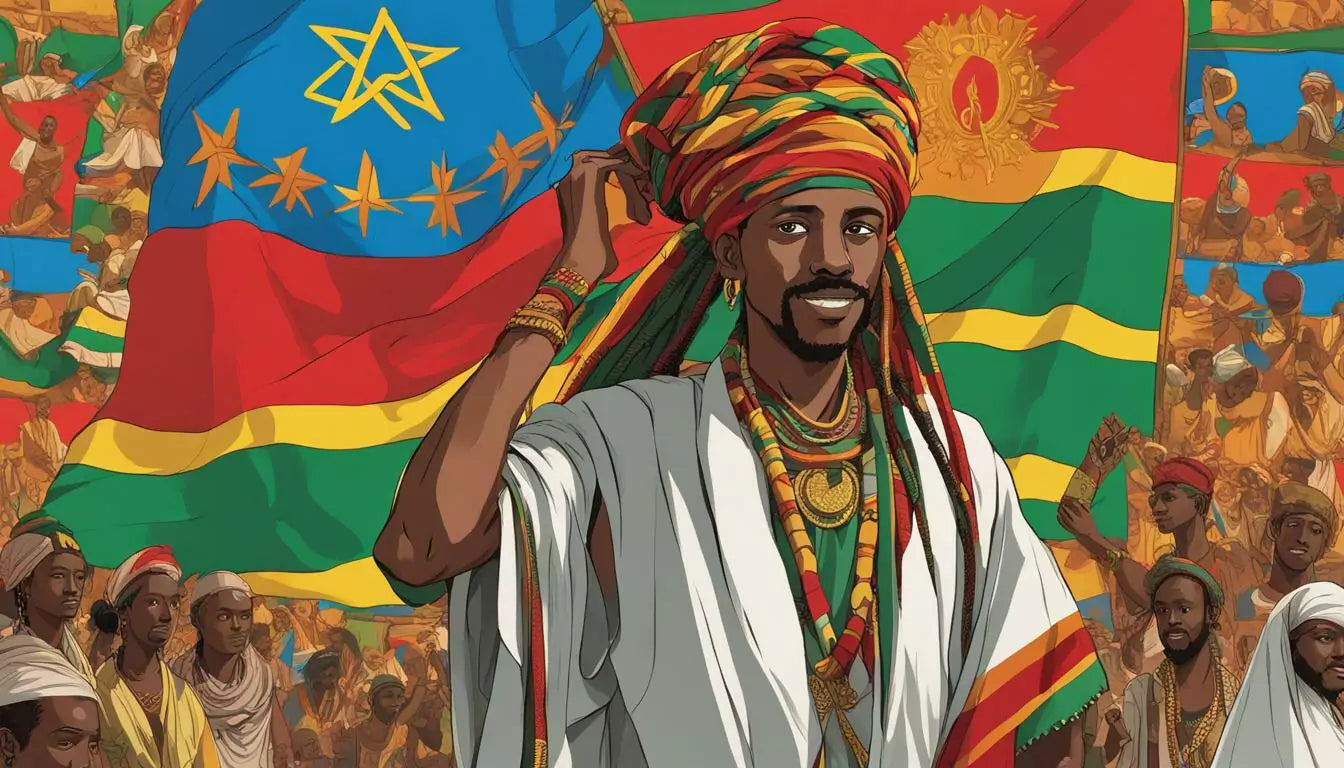
Over time, the use of head coverings spread across different regions of Africa. As people were forced into slavery and transported to the United States, they brought along their customs and traditions, including the practice of wearing cloth head coverings.
Initially, the durag was mainly used to protect and maintain hairstyles. However, its popularity and significance grew over the years. It became a symbol of black culture and an emblem of resilience and pride in the face of oppression and discrimination.
The deep cultural significance of the durag can be attributed to its association with black identity and the struggles faced by the black community. It is a tangible representation of black history and a powerful reminder of the resilience and strength of black people.
From Hair Protection to Fashion Statement
The durag was initially designed to protect and keep the hair in place, but over time, it has evolved into a fashion statement that is deeply ingrained in black culture. Its influence on hair texture and styling has made it an essential part of the fashion industry, especially for those with curly hair.
As the durag gained popularity, it became more than just a functional accessory; it became a symbol of black culture. The durag represented more than just a means to preserve and maintain hairstyles; it became a statement of identity and pride.
The durag's impact on fashion cannot be ignored. It has influenced the way people wear their hair and has encouraged individuals to embrace their natural hair texture. The durag has also been used as a way to express individuality and creativity, as users often wear durags in a variety of colors and patterns.
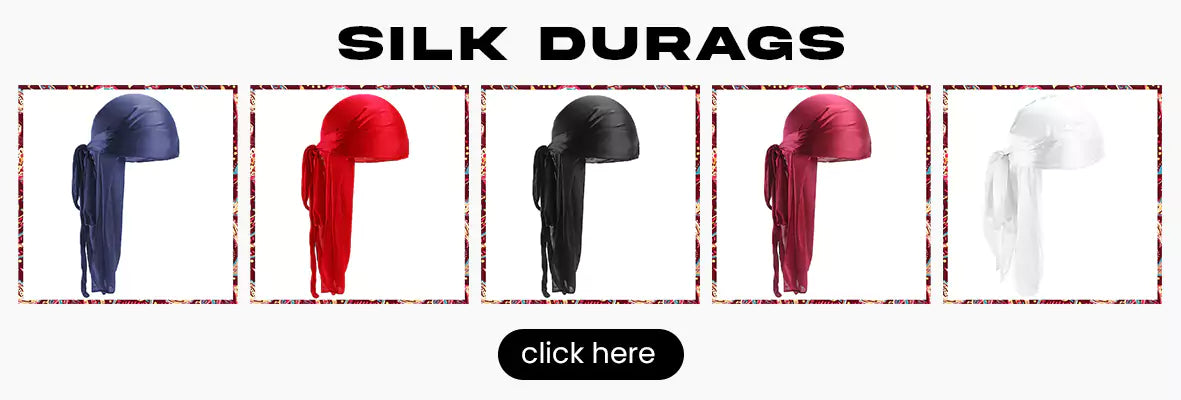
The durag has played a significant role in shaping black culture, from the Harlem Renaissance to modern-day hip-hop. It has symbolized a sense of community and solidarity among black people, and has been a way to stand in defiance against hair discrimination, which has been prevalent throughout history.
As the durag continues to evolve, it remains a powerful symbol of black culture and identity, reminding us of its deep cultural significance. It serves as a reminder of the struggles and triumphs of black people and as a symbol of unity and pride.
The Deep Cultural Significance of the Durag
The durag is more than just a fashion accessory; it holds deep cultural significance within black culture. Its origins can be traced back to the Harlem Renaissance, a period in the 1920s and 1930s where African American artists, writers, musicians, and intellectuals celebrated their cultural heritage and advocated for social change. The durag was an essential element of the style and identity of the black community during this time.
The durag was more than just a means to protect and maintain hairstyles; it was a symbol of resistance against racial discrimination and a way to assert pride in one's black identity. To wear a durag in the streets was to visibly claim a space and assert one's presence. It was a subtle yet powerful act of defiance against a society that tried to suppress black culture and identity.
During the Civil Rights Movement of the 1950s and 1960s, the durag continued to hold cultural significance as a symbol of resistance and pride. It was not uncommon for black activists and leaders such as Malcolm X and Huey P. Newton to wear a durag as a way to assert their black identity and show solidarity with their community.

Today, the durag remains a symbol of black culture and identity. It is worn by people of all ages and backgrounds to preserve and maintain their hairstyles, but it also holds a deeper cultural significance. It represents a history of struggle and resilience, a way to assert one's black identity in a society that still struggles with systemic racism and discrimination.
As black culture continues to shape American culture, the durag will remain an enduring symbol of resistance, pride, and cultural significance.
Tips on How to Wear a Durag Properly
Wearing a durag properly is crucial to preserving and maintaining your desired hairstyle. Here are some tips to help you correctly put on your durag:
- First, ensure that your hair is clean and brushed out. This will make it easier to fit the durag to your hair.
- Center the durag at the nape of your neck, with the flap facing upward.
- Hold the flap and pull the durag up towards your forehead. Make sure the durag covers your hairline and ears.
- Cross the flap over the top of your head and tie it at the back. The knot should be snug but not too tight, as this can cause discomfort and damage to your hair.
- If you have longer hair, tuck it under the durag to keep it in place overnight.
There are different durag styles to choose from, depending on your hair texture and personal preferences. Mesh durags are popular among durag users, as they allow the scalp to breathe and prevent irritation. Silk and velvet durags are also common, as they help to maintain hair moisture and reduce frizz.
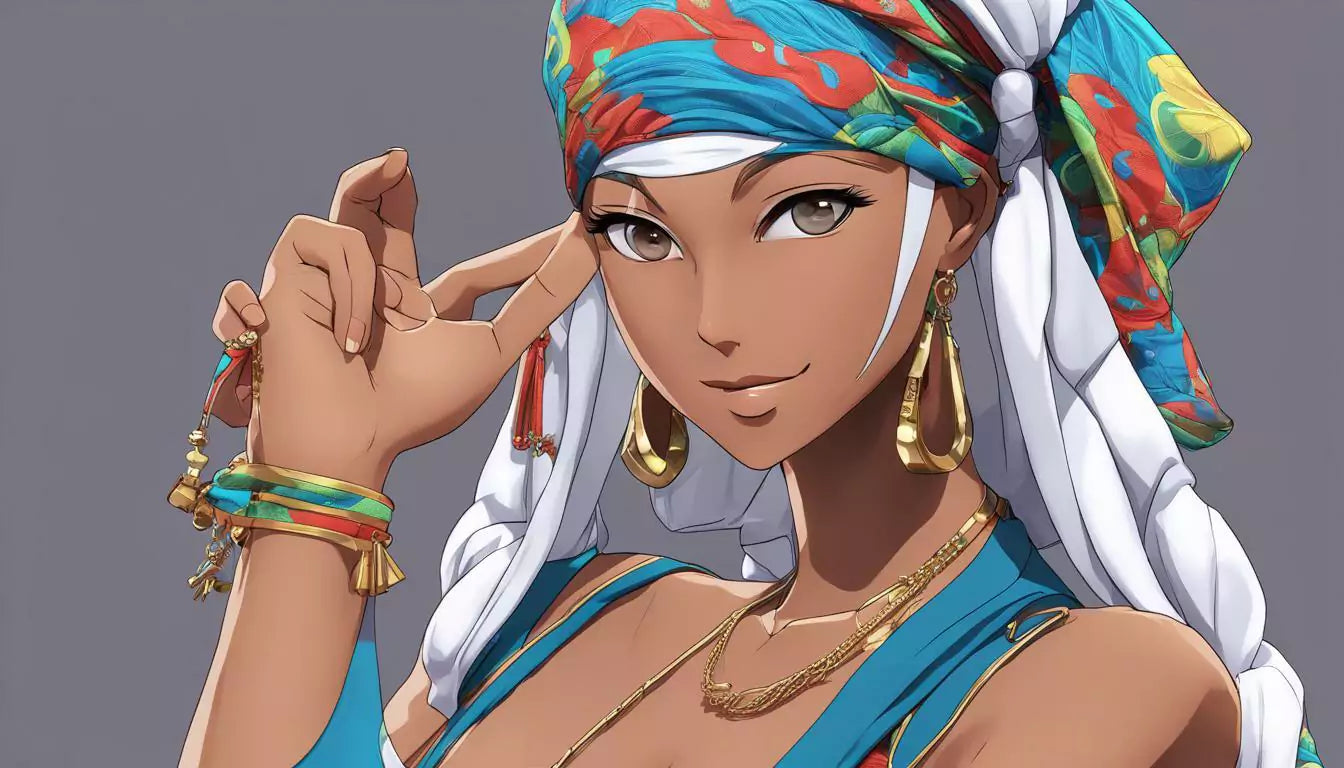
Remember, wearing a durag is not only a fashion statement but also a hair care necessity. By following these tips and choosing the right durag for your hair, you can keep your hairstyle intact and healthy.
Exploring Durag Materials and Styles
There are a variety of durag materials and styles available today, making it difficult to decide which durag to choose. Traditional black durags are made of satin or silk fabrics, while mesh durags come in a variety of colors and materials, including nylon and spandex.
A popular choice for durag users are the compression durags, which are designed to fit snugly and keep hair in place. These durags often come in stretchy materials like polyester and cotton, making them suitable for different hair types and styles.
When deciding which durag to purchase, consider the material's breathability, durability, and comfort. Materials like satin and silk are ideal for keeping hair in place and avoiding frizz, while mesh durags are perfect for keeping your head cool and comfortable.
Additionally, durag users often wear durags as a fashion statement and choose stylish designs that complement their personal style. Some brands even offer customizable durags, allowing you to create a unique look that best suits your taste.
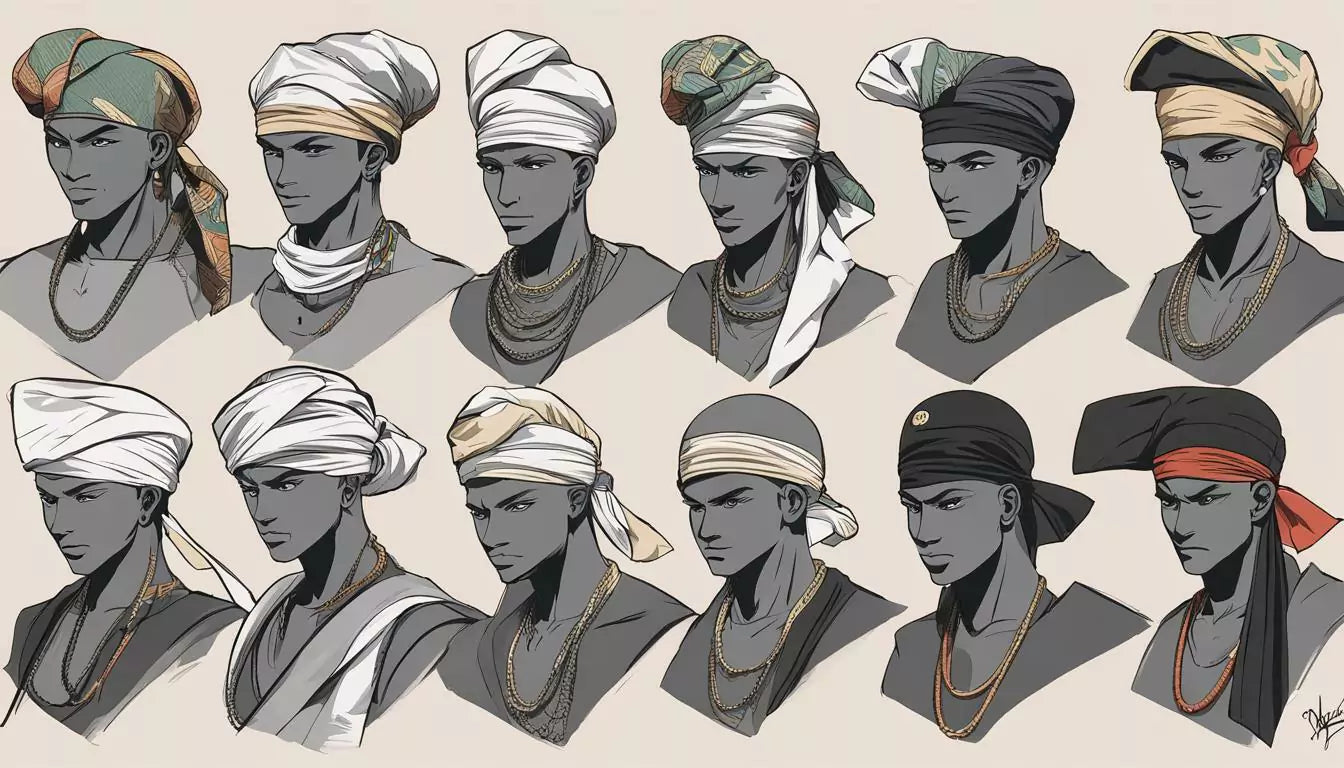
The right durag for you will depend on your personal preferences and needs. Experiment with different materials and styles to find the perfect durag to preserve and maintain your hairstyle.
Contemporary Usage and Relevance of the Durag
If you take a look around, you'll notice that the durag is still a staple accessory for people of all ages and backgrounds. From athletes to celebrities, many people wear durags to maintain their hairstyles or add a touch of style to their outfits.
Durag users understand that the accessory serves many purposes beyond just keeping their hair in place. For example, the durag is used to maintain hairstyles while sleeping or during physical activities like sports. Wearing a durag can actually encourage your hair to grow and prevent breakage. It can also protect your hair from harsh environmental factors like wind and sun damage.
Additionally, the durag can be worn under your helmet during sports to keep your hair in place and maintain your style. Professional athletes such as Lebron James and Cam Newton have been known to wear durags during games to preserve their hairstyles while they sweat and play hard.
Overall, the modern-day relevance of the durag is undeniable. It has become an essential item for many people and serves multiple purposes beyond just a fashion statement. Its practicality, versatility, and cultural significance are some of the reasons why the durag remains a popular accessory today.

Uncovering the Dark History of the Durag
The durag has long been associated with black culture, but it also has a dark history. It was used as a tool to prevent black players from wearing their natural hair in sports leagues, particularly in the NFL. The league instituted a rule in the 1980s that prohibited players from wearing durags under their helmets, claiming that it was a safety hazard. However, many saw the rule as a way to force players to conform to Eurocentric beauty standards and hide their natural hair.
Black players were often forced to choose between their hairstyle and their love for the game. The rule was eventually overturned in 2001, but the impact it had on black culture and the perception of natural hair cannot be ignored.
Despite its dark history, the durag remains a symbol of resistance and empowerment within black culture. By wearing a durag, you not only preserve and maintain your hairstyle, but you also embrace and celebrate your natural hair and identity.
It is important to acknowledge the history of the durag and how it has been used to discriminate against black hair. By doing so, we can continue to fight against hair discrimination and promote the acceptance and celebration of natural hair within our society.
Durag in Pop Culture: Influence on Fashion and Music
The durag has become an iconic symbol in the world of fashion and music, particularly in the hip-hop community. With its ability to preserve and maintain various hairstyles, it is no surprise that the durag became a staple accessory for many rappers and artists.
As the hip-hop genre grew in popularity, rappers began to incorporate the durag into their fashion sense. It became a statement piece, representing something much bigger than just a hair accessory. It was a symbol of unity among black men and a representation of their deep cultural roots.
The durag can actually encourage your hair to grow and remain healthy as it protects it from the harsh elements. With rappers and artists sporting the durag, it became a common sight in many music videos and performances, further solidifying its place in American culture.
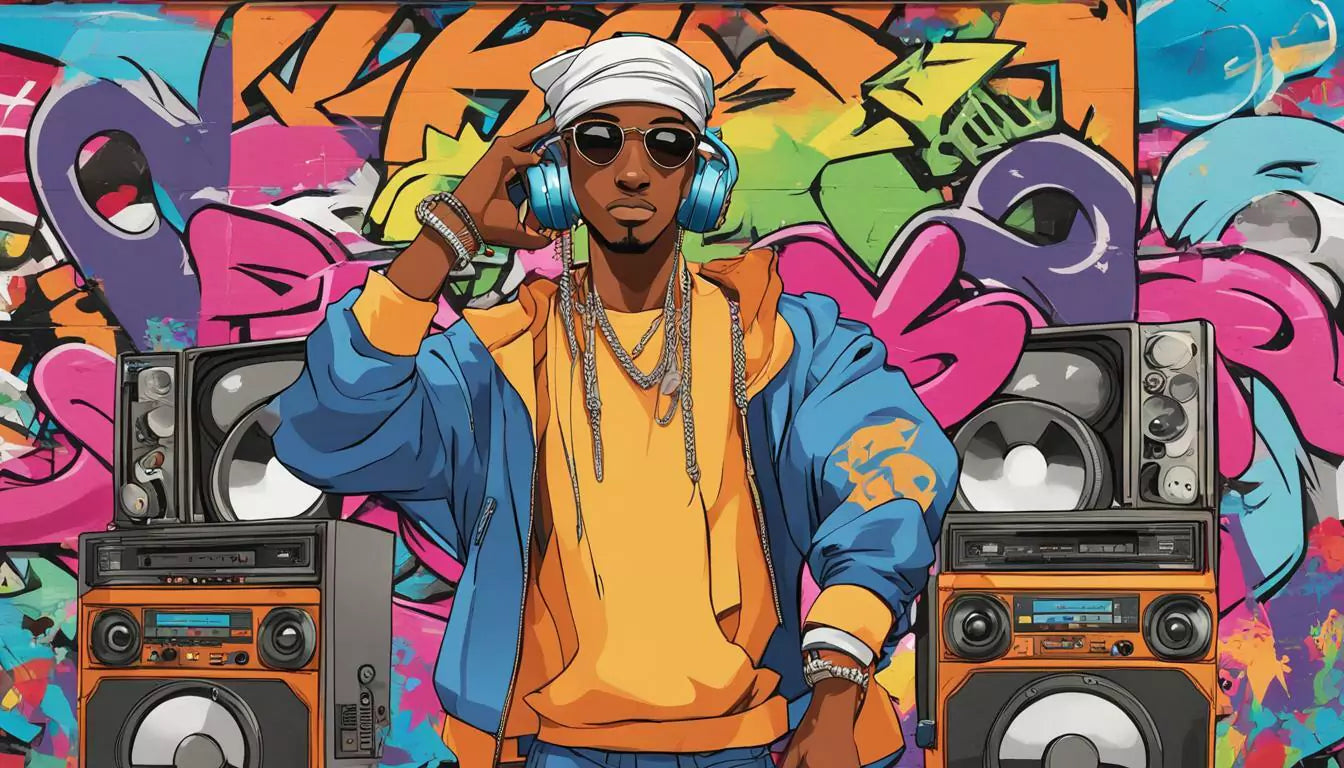
The influence of the durag in pop culture continues to be seen today. It has inspired fashion designers to incorporate the durag into their collections and has even been seen on the runway. It is a testament to the lasting impact the durag has had on the fashion industry.
The music world is not the only industry that has embraced the durag. It has also become a common accessory for athletes, with many wearing them to maintain their hairstyles while playing sports. The durag has proven to be a versatile accessory that has found its place in various industries.
Overall, the durag's influence in pop culture has been long-standing and continues to be seen today. From its humble beginnings as a hair accessory to its emergence as a symbol of cultural significance, the durag has become a part of American history.
The Enduring Legacy and Cultural Significance of the Durag
As we conclude our exploration of the durag, it is evident that this simple accessory holds a deep cultural significance within black culture. From its origins in Ethiopia to its journey to the United States, the durag has played an important role in preserving and maintaining black hairstyles.
In modern times, the durag has continued to hold relevance. Many people use it to maintain their hairstyles, and athletes wear it under their helmets. It has also become incorporated into various industries such as sports and entertainment.
It is important to acknowledge the dark history of the durag as well. It was used as a tool to prevent black players from wearing their natural hair in sports leagues, but it has also become a symbol of resistance against hair discrimination.
The Longevity of the Durag
Despite its humble beginnings, the durag has become an enduring icon within black culture. It has survived generations and continues to hold relevance in modern times. The Harlem Renaissance may have been a pivotal moment in the history of the durag, but its legacy will continue to live on for years to come.
FAQ
Q: What is a durag?
A: A durag is a type of head covering typically made of silky or stretchy fabric. It is commonly used to protect and maintain hairstyles, particularly those of black individuals.
Q: What is the history of the durag?
A: The origins of the durag can be traced back to Ethiopia. It was initially worn to protect and keep hairstyles in place. Over time, it made its way to the United States and gained cultural importance within the black community.
Q: How has the durag evolved?
A: The durag has transitioned from a functional accessory used for hair protection to a fashion statement. It has influenced hair texture and played a significant role in shaping black culture.
Q: What is the cultural significance of the durag?
A: The durag holds deep cultural significance within black culture. It is associated with the Harlem Renaissance and has had a lasting impact on American culture.
Q: How do you wear a durag properly?
A: To wear a durag properly, put it on your head and tie it securely. This helps to preserve and maintain your hairstyle. Different techniques can be used for different hair types and styles.
Q: What materials and styles are available for durags?
A: Durags come in various materials and styles. Choosing the right durag depends on personal preferences and needs.
Q: How is the durag used in contemporary times?
A: In modern times, the durag is used by athletes and incorporated into various industries, such as sports and entertainment. It is worn to maintain hairstyles and can even be worn under helmets.
Q: What is the dark history of the durag?
A: The durag has a dark history as it was used as a tool to prevent black players from wearing their natural hair in sports leagues. It symbolizes the ongoing battle against hair discrimination.
Q: How has the durag influenced fashion and music in pop culture?
A: The durag has had a significant influence on fashion and music in pop culture. Rappers and artists have embraced and incorporated the durag into their personas, contributing to its impact on American culture.
Q: What is the enduring legacy and cultural significance of the durag?
A: The durag has a lasting legacy and cultural significance. From its functional origins to becoming a symbol of black culture, it continues to hold relevance in modern times.

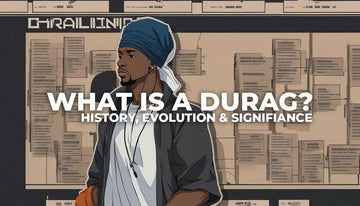



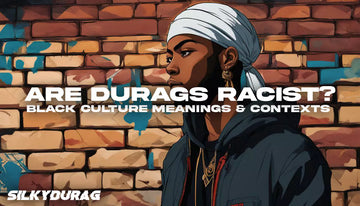

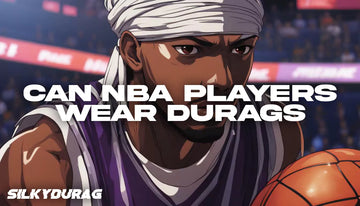
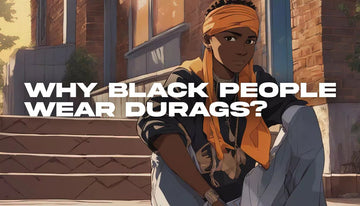

This is a lie. African Americans ancestors are west African. Ethiopia is in East Africa, so their headwear shouldn’t and wouldn’t be classified as a durag at all. How would it travel from Ethiopia to America through the slave trade when the enslaved were taken from WEST Africa? African Americans created similar inventions to the durag in the US during slavery to protect hair from heat and sweat and after reconstruction, it was purposed to lay down hair. This whole article is ignorant to the geography of Africa and the enslavement of Black Americans and their history. This is the most ignorant article I’ve ever seen on this topic